Skin tissue engineering advances in severe burns: review and therapeutic applications
- PMID: 27574673
- PMCID: PMC4963933
- DOI: 10.1186/s41038-016-0027-y
Skin tissue engineering advances in severe burns: review and therapeutic applications
Abstract
Current advances in basic stem cell research and tissue engineering augur well for the development of improved cultured skin tissue substitutes: a class of products that is still fraught with limitations for clinical use. Although the ability to grow autologous keratinocytes in-vitro from a small skin biopsy into sheets of stratified epithelium (within 3 to 4 weeks) helped alleviate the problem of insufficient donor site for extensive burn, many burn units still have to grapple with insufficient skin allografts which are used as intermediate wound coverage after burn excision. Alternatives offered by tissue-engineered skin dermal replacements to meet emergency demand have been used fairly successfully. Despite the availability of these commercial products, they all suffer from the same problems of extremely high cost, sub-normal skin microstructure and inconsistent engraftment, especially in full thickness burns. Clinical practice for severe burn treatment has since evolved to incorporate these tissue-engineered skin substitutes, usually as an adjunct to speed up epithelization for wound closure and/or to improve quality of life by improving the functional and cosmetic results long-term. This review seeks to bring the reader through the beginnings of skin tissue engineering, the utilization of some of the key products developed for the treatment of severe burns and the hope of harnessing stem cells to improve on current practice.
Keywords: Burns; Cultured epithelial autografts; Dermal substitutes; Microskin grafting; Skin tissue engineering; Stem cells.
Figures
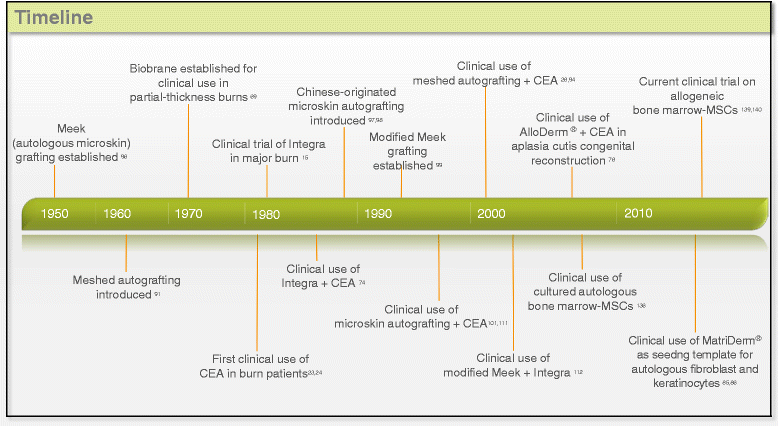
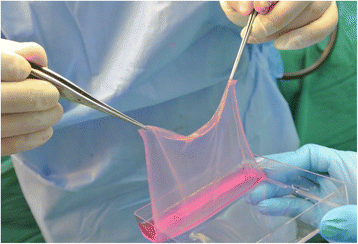
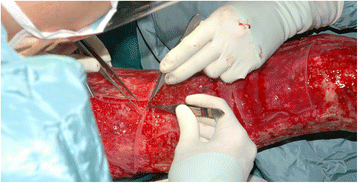
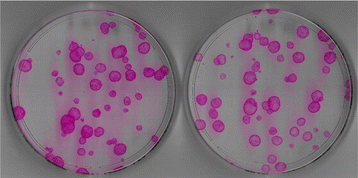
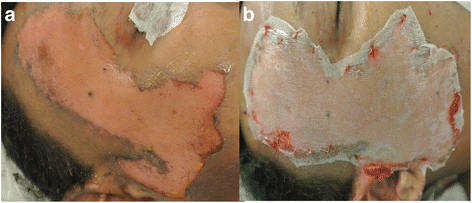
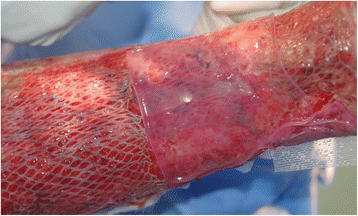
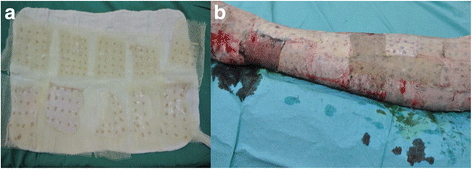
Similar articles
-
The 1999 clinical research award. Cultured skin substitutes combined with Integra Artificial Skin to replace native skin autograft and allograft for the closure of excised full-thickness burns.J Burn Care Rehabil. 1999 Nov-Dec;20(6):453-61. doi: 10.1097/00004630-199920060-00006. J Burn Care Rehabil. 1999. PMID: 10613682
-
Keratinocytes in the treatment of severe burn injury: an update.Int Wound J. 2013 Feb;10(1):6-12. doi: 10.1111/j.1742-481X.2012.01083.x. Epub 2012 Sep 7. Int Wound J. 2013. PMID: 22958654 Free PMC article.
-
Applied tissue engineering in the closure of severe burns and chronic wounds using cultured human autologous keratinocytes in a natural fibrin matrix.Cell Tissue Bank. 2004;5(2):89-96. doi: 10.1023/B:CATB.0000034082.29214.3d. Cell Tissue Bank. 2004. PMID: 15241004
-
Cultured epithelial autograft (CEA) in burn treatment: three decades later.Burns. 2007 Jun;33(4):405-13. doi: 10.1016/j.burns.2006.11.002. Epub 2007 Apr 2. Burns. 2007. PMID: 17400392 Review.
-
A review of negative-pressure wound therapy in the management of burn wounds.Burns. 2016 Dec;42(8):1623-1633. doi: 10.1016/j.burns.2016.06.011. Epub 2016 Jul 1. Burns. 2016. PMID: 27378361 Review.
Cited by
-
Burns in the Elderly: Potential Role of Stem Cells.Int J Mol Sci. 2020 Jun 29;21(13):4604. doi: 10.3390/ijms21134604. Int J Mol Sci. 2020. PMID: 32610474 Free PMC article. Review.
-
Use of a pre-vascularised oral mucosal cell sheet for promoting cutaneous burn wound healing.Theranostics. 2018 Nov 10;8(20):5703-5712. doi: 10.7150/thno.28754. eCollection 2018. Theranostics. 2018. PMID: 30555575 Free PMC article.
-
Impact of human mesenchymal cells of different body site origins on the maturation of dermo-epidermal skin substitutes.Pediatr Surg Int. 2019 Jan;35(1):121-127. doi: 10.1007/s00383-018-4383-5. Epub 2018 Oct 31. Pediatr Surg Int. 2019. PMID: 30382375
-
Improvement of Cell Culture Methods for the Successful Generation of Human Keratinocyte Primary Cell Cultures Using EGF-Loaded Nanostructured Lipid Carriers.Biomedicines. 2021 Nov 6;9(11):1634. doi: 10.3390/biomedicines9111634. Biomedicines. 2021. PMID: 34829863 Free PMC article.
-
Bacteriophages, a New Therapeutic Solution for Inhibiting Multidrug-Resistant Bacteria Causing Wound Infection: Lesson from Animal Models and Clinical Trials.Drug Des Devel Ther. 2020 May 15;14:1867-1883. doi: 10.2147/DDDT.S251171. eCollection 2020. Drug Des Devel Ther. 2020. PMID: 32523333 Free PMC article. Review.
References
Publication types
LinkOut - more resources
Full Text Sources
Other Literature Sources

